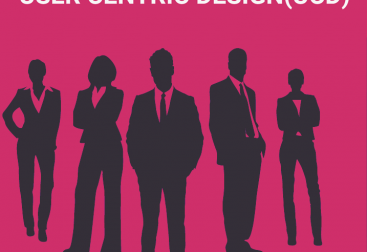•User experience design strategy helps to decide which problems to solve or what features to prioritize
•User experience to every touch point where people interact with or experience its products or services. This includes bringing together technical know-how, business strategy, customer needs, and your vision for the experience you want the user to have
UX strategy bring a broad view of product vision, users need and technical capability what we have to resolve business and user problems
Vision talks about: your goal and objective what you are going to achieve
Mission: Key achievements which needs to be done to achieve our goal,
Example: Develop user friendly application which should be addressed target user problems and increase sales and revenues
Improve efficiency, learnability and usability
User needs
Gather user insights from real targets user through qualitative and quantitative user research.
The point of research is to get a clear understanding of where your business sits in the market you’re entering, and what matters to users
You will also need to establish the metrics, or KPIs, you will use to evaluate success.
Competitor
Compare your Competitor performance , strength and weakness, find opportunity for unique value proposition
To stay in market as valuable product
Technical capability
It brings about budget and team competency who are going to participate to fulfill business and user needs. This will uncover all technical challenges and budget required for the product development.
A good starting point is a minimum viable product (MVP). That’s the smallest iteration help to test whether your conclusions about the product, the need, the audience, and the UX are correct.
- UX Strategy benefits:
- Assumptions are Validated
- Risks are Minimized
- Every idea is an assumption until validated. Assumptions equal risks.
- A UX Strategy can help businesses eliminate risk by spending time up front to research, plan, test, and validate ideas.






